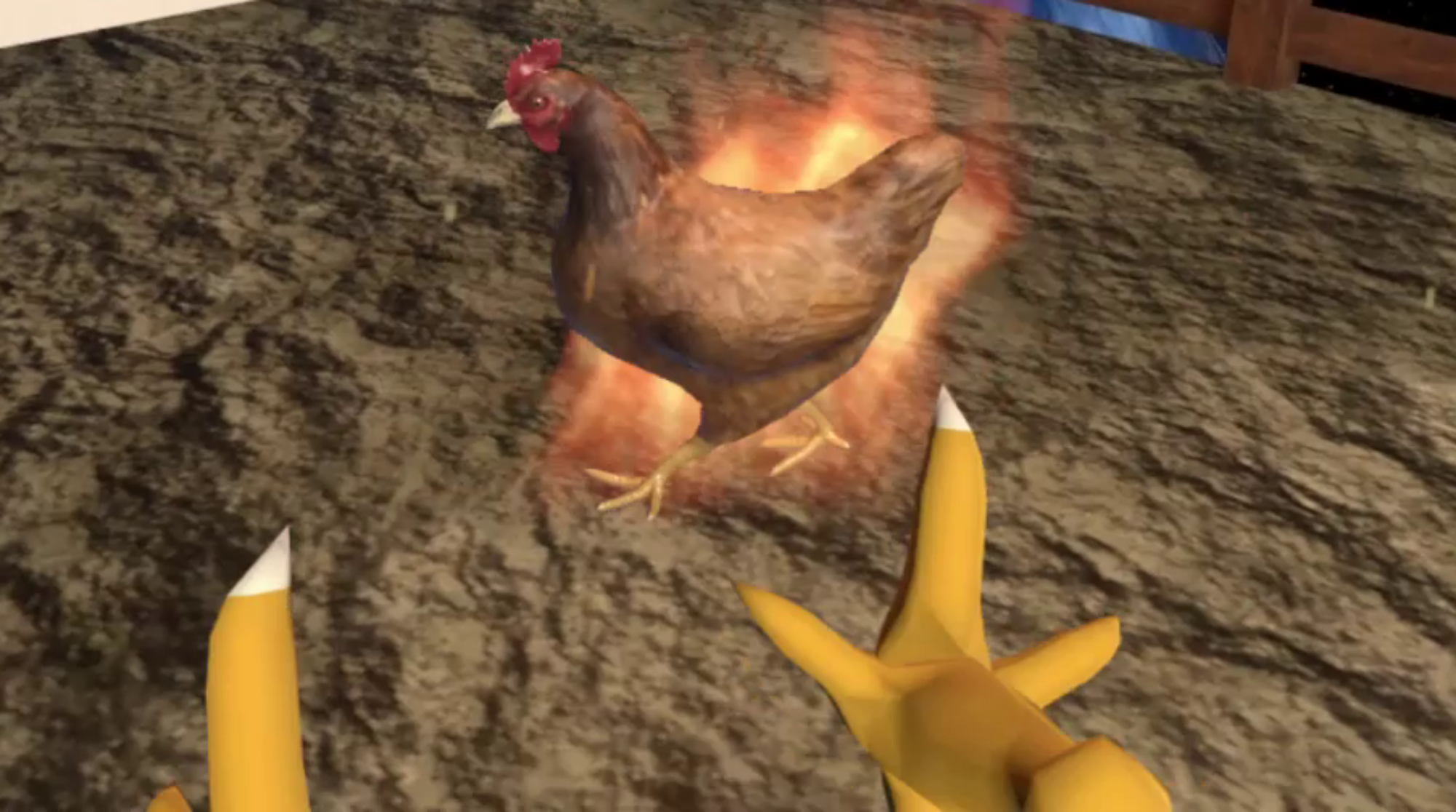School is going by quickly so I want to post a recap of a bunch of the things I’ve created in the first semester of my Master of Digital Media before the second semester picks up. It’s easy to get caught up with deadlines and work and never have the time to slow down and reflect on everything that’s been made so far! Here are a few of my digital creations from the last four months, and some updates on ongoing projects.
Citizen

Citizen is an online interactive film created by Mo, Jonas, Daniella, and myself for our Foundations of Digital Media class. You follow a day in the life of Louis, a citizen of a futuristic “Smart City” that rewards or punishes its inhabitants based on their lifestyle choices. There are decision points at the end of each video, and the viewer can decide what happens next!
Since I was the resident coder and the rest of the team had experience with film, it made sense for me to handle the back-end while they produced the video. I coded the interactivity from scratch in Javascript using YouTube’s API along with Google Firebase‘s free database and web hosting plans. I can put together a little tutorial on how I built it if anyone is interested (let me know!).
Click here to see statistics on what decisions previous players have made.
Also, Netflix’s Bandersnatch totally copied us.
Spooky Ragdoll Game
One thing I’ve been trying to do more recently are quick little experiments with Unity. I’ve been using the software for long enough now that I can whip up something ugly and functional quite quickly.

October was a weird month, I got sidetracked playing around with skeletons and ragdoll physics
It all started when a friend asked if I knew how to set up ragdoll physics in Unity. I didn’t, but 15 minutes later, after consulting the trusty old world wide web, I did. I kept messing around in my free time and soon produced this:
This impromptu research and exploration proved invaluable. I learned a lot about how animation rigs work and how they can be controlled via code within Unity, which directly led to my next project.
Skeleton VR
SkeletonVR is a little VR demo I whipped up for Interaction Design class. It allows user to embody a performing skeleton from within VR. They can move and dance around and have these actions projected onscreen.
Messing around with third-person VR was something I had been meaning to do for a while, and the presentation fell on Halloween so it seemed like a perfect opportunity.
Most VR experiences simply mirror the player’s view on the screen, but I wanted this to be more performative. I had a separate camera angle set up so that those watching from outside VR would not have to see the mirror.
I added in some buttons to spawn pumpkins and an MDM sign to make the whole thing more playful.
I was impressed with how expressive one could be using only the headset and controllers. I used something called Inverse Kinematics to manipulate the skeleton based on where the player’s head and hands were.
This skeleton demo was a useful exploration into asymmetrical VR, which I’ll explain more in the next section.
BirdQuestVR
If you’ve been following my criminally infrequent blog posts you’ll have read about BirdQuestVR. It was originally a single-player story-based prototype I built almost a year ago (time flies!)
The game has gone through a few iterations since then and I’ve been rebuilding it from the ground up with the support of the Transmedia Zone, a startup accelerator for innovations in storytelling and media.
It is now a multiplayer VR vs. PC party game. The VR player embodies a giant chicken at work, tasked with operating a Content Creation machine. The PC player is a bouncy little chick, with the sole task of inconveniencing the VR player as much as possible.
I’ll do more posts exclusively about it, as my classes this upcoming semester will be more directly linked to making it into a real business. I’ll just say that it’s very much happening and to stay tuned.
Here are a few sneak peeks from some very early gameplay tests of PC vs. VR interaction.
Other Good News
An early demo of Wolf at the Door, a text-based game for which I’m a writer was displayed at the Wordplay Toronto conference, a festival celebrating text-based games.
My band Bird Problems is working on some new material for an upcoming EP. We released a playthrough video for our latest song The Harpist earlier in the year. The reaction has been awesome and we even had someone make a reaction video!
That’s all for now, just wanted to get all this stuff organized and out there. It would probably make more sense to do individual posts for each project in the future because of the tenuous state of the modern attention span. If you’ve made it this far congratulations! Your attention has spanned!
I’m not going to pretend that these posts will become more frequent because every time I say that I don’t post for months. So maybe if I say I’m not going to post for a while I’ll start posting more frequently? Worth a shot.








